Author: Christine Skirbunt
Valentine’s Day is near and no other day on the calendar captures the essence of romance like that conjured by February 14th! The connection between Valentine’s Day and love has its modern roots stretching back to the Middle Ages. Fast forward to the modern era and you will find that from its humble origins, Valentine’s Day rose into a commercial juggernaut. While always a celebration of love and affection, it has now become synonymous with grand gestures, heartfelt confessions, and—perhaps not surprisingly—marriage proposals. So, is it really a revelation that February 14th is the most popular day of the year for couples to become engaged? And with the ring at the center of the marriage proposal, what role do bygone engagement rings play in the tradition of engagement rings of today?
When the observance of Valentine’s Day began to become a yearly event in the Middle Ages recognizing St. Valentine, it looked quite different from today’s observances. In the Middle Ages, it was not promoted as an expression of love through flowers, candy, and maybe a marriage proposal. Instead, it focused on small, personal demonstrations of love, such as handwritten notes, poetry, and little gifts. Valentine’s Day did not become synonymous with love and marriage proposals until the 19th and 20th centuries as the holiday became more commercialized. In fact, Valentine’s Day has become so intertwined with love and romance that, from a sampling of 536 men, one survey showed approximately 4% admitted they had proposed marriage on this romantic holiday. (Statista, 2023) That is 21 of the 536 men surveyed!
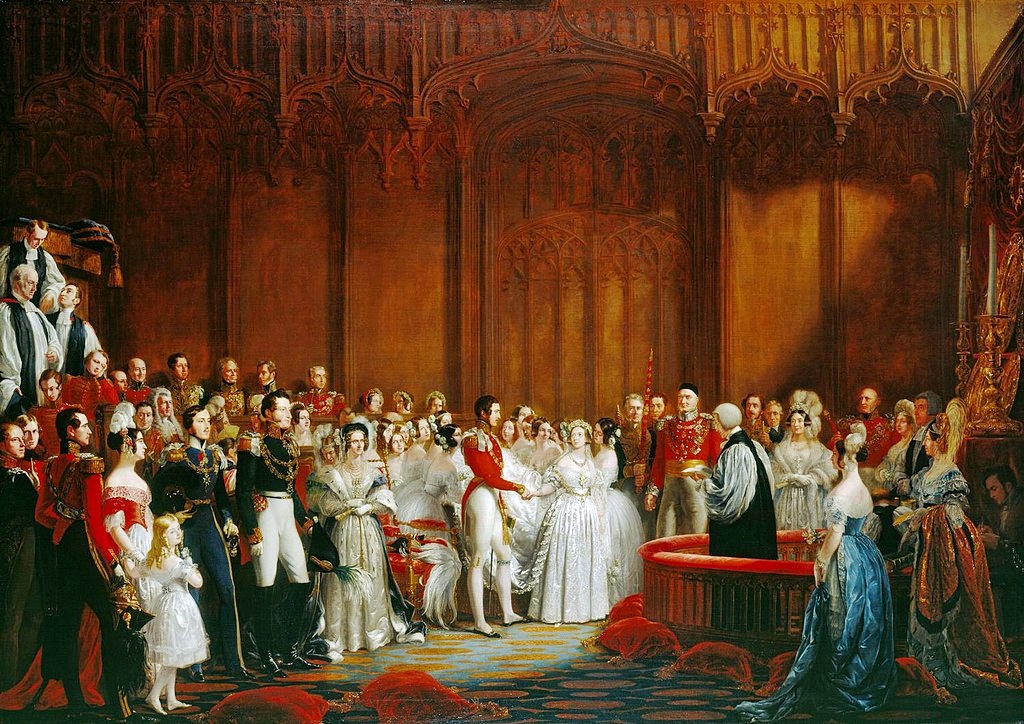
ENGAGEMENT JEWELRY’S ORIGINS
Engagement rings—a staple of modern proposals—trace their origins to ancient traditions and royal endorsements. The concept of using a ring to symbolize a romantic promise can be followed back to Ancient Rome, where the rings were often made of iron or gold, depending on one’s social status. However, the specific practice of using a diamond engagement ring as being ubiquitous with engagements is a tradition not even a century old!
One of the most intriguing examples of royal engagement practices and jewelry is from Queen Victoria’s reign (1837-1901). Because she was Queen at the time, it was her place to propose marriage to the man. This was, of course, during a time when such an occurrence was almost unheard of amongst the rest of society. But when Queen Victoria chose her cousin, Albert, and proposed to him in 1839, he happily accepted. However, Albert was never one to take a complete backseat and for this momentous occasion he, at some point, presented to Victoria perhaps her most beloved piece of jewelry: her engagement ring.
Traditionally, the story tells how Albert designed the ring himself (the jeweler is unknown). The ring is said to have been set in 18 karat yellow gold and was crafted in the shape of a serpent that coiled around Victoria’s small finger. Upon the serpent’s head were set an emerald, Victoria’s birthstone, as well as rubies and diamonds. In Victorian times serpents were considered symbols of eternal love as their circular shape had no beginning or end. Queen Victoria’s and Prince Albert’s love for one other, and her iconic serpent ring, popularized the usage of unique, meaningful engagement jewelry in Britain and beyond.
The time when Victoria and Albert spent courting and then married is known as “Early Victorian” or “The Romantic Period” (1837-1860), and jewelry designs were heavily influenced by the Queen and Prince’s love story. “The Victorian era saw the introduction of sentimental jewelry, where pieces were often adorned with intricate engravings and symbols of love and loss.” (Skriuwer, 2024) Yellow gold was the most popular choice and hearts, bows, and flowers were everywhere.
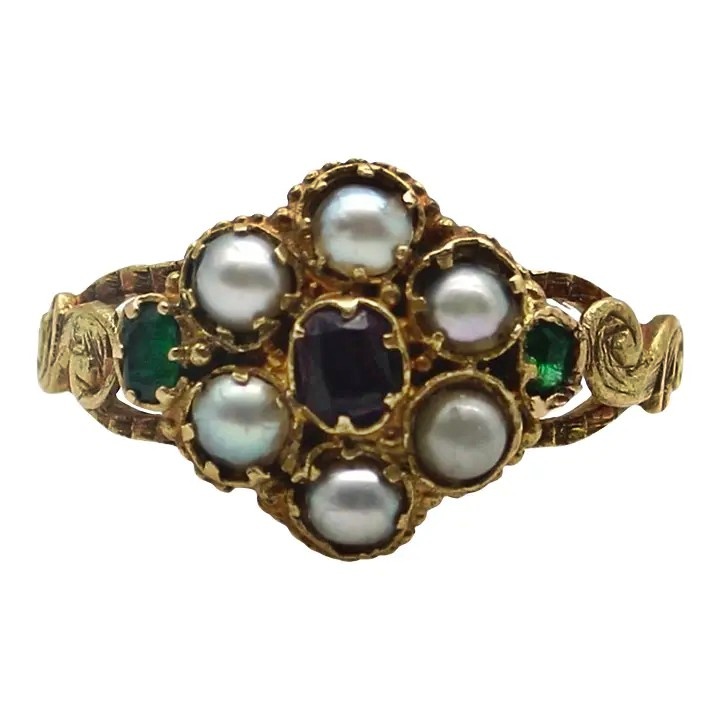
That ended, however, in 1861 when Prince Albert died and left a bereaved Victoria to remain in mourning for the rest of her life. This period, “Mid-Victorian” or “The Grand Period” (1860-1885) hailed the popularity of mourning jewelry. Darker materials such as jet, oxidized silver, or black enamel over gold were worn alongside pearls and dark red garnets. It also marked a time when gem-cutting advancements began to make diamonds more popular. This popularity was due to an increase in their availability as diamonds from the mines of South African poured into England at a steady pace.
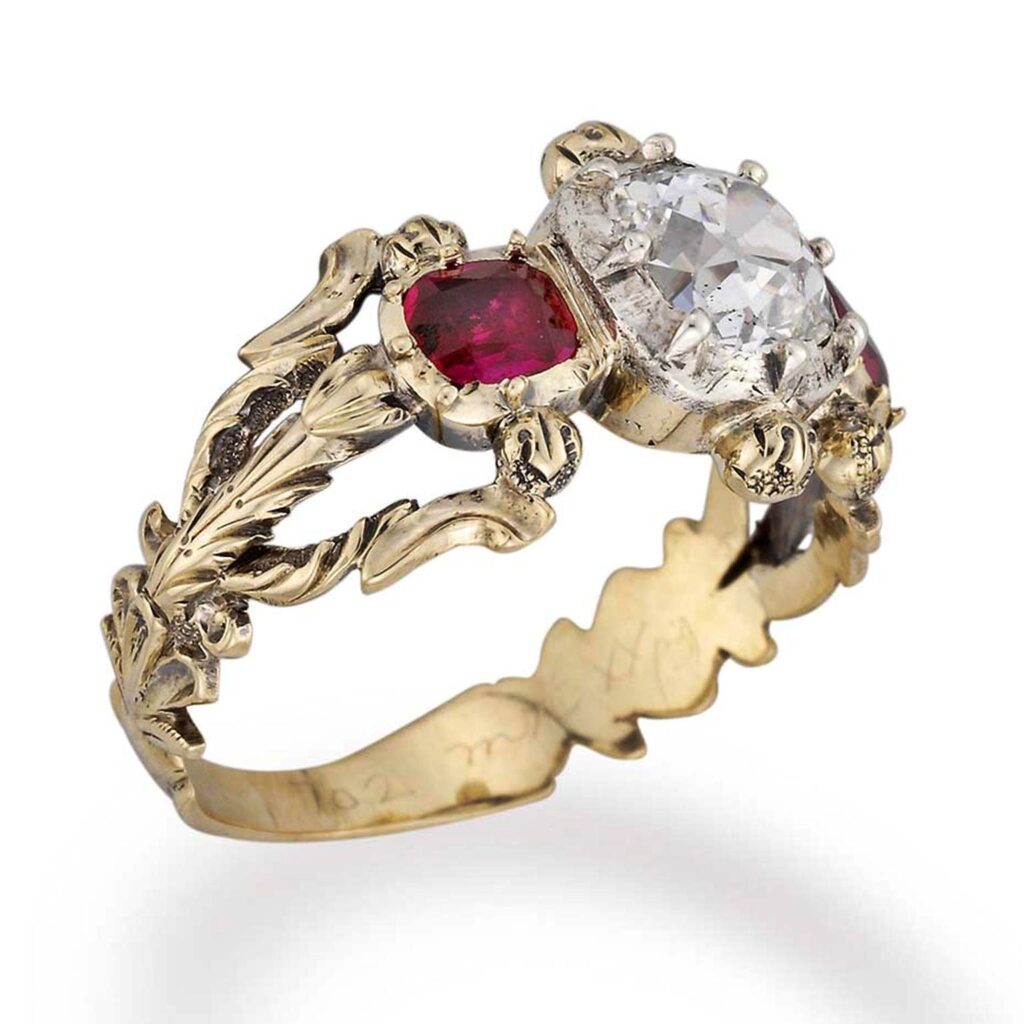
The “Late Victorian” or “The Aesthetic Period” (1885-1901) marked a time where Victoria, though still mourning, was also moving forward. Mourning jewelry was falling out of favor and smaller, more delicate items were favored. Diamonds became much more fashionable while gemstones of all colors were in a slowly declining popularity. Platinum was beginning to come into its own.
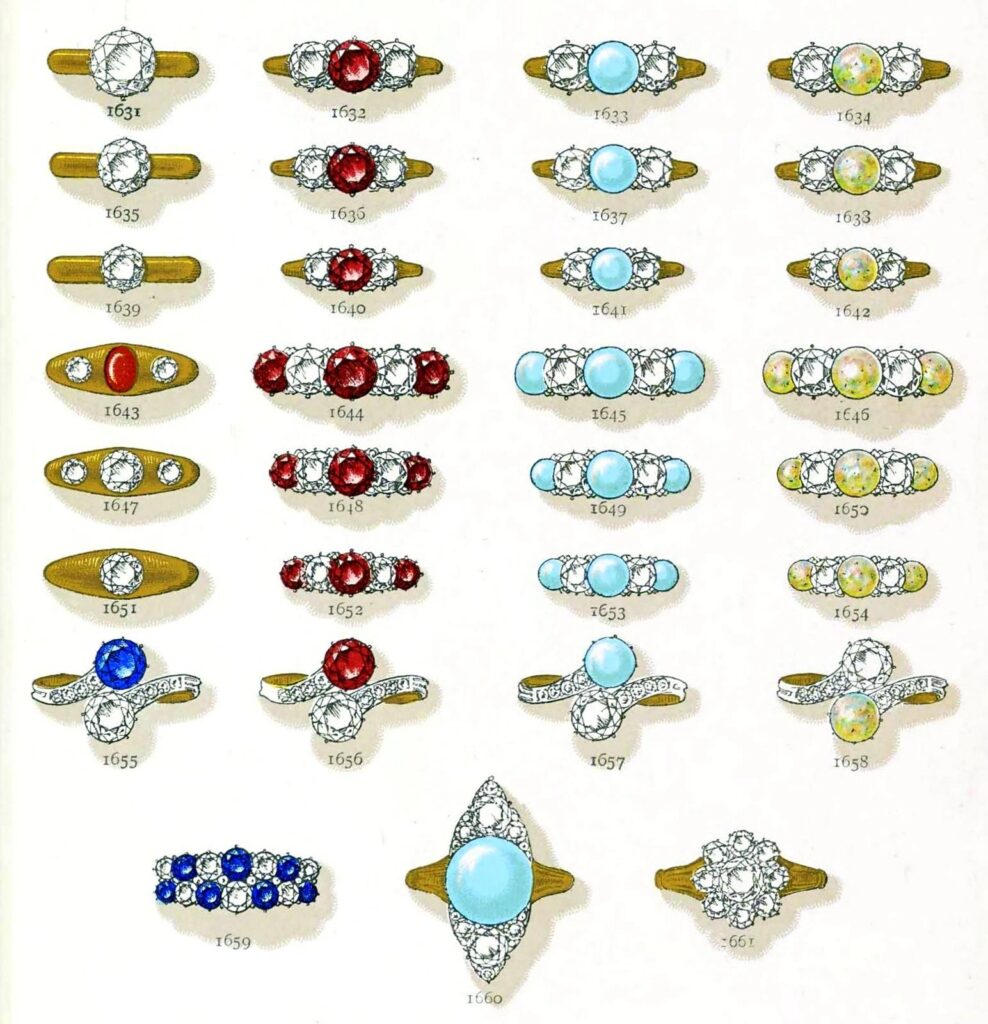
Sadly, there is no museum, much less a picture which displays Queen Victoria’s iconic engagement ring. It was so treasured by Victoria that, according to popular historical accounts, it was interred with her at the Royal Mausoleum upon her death in 1901.
THE REIGN OF YELLOW GOLD
“The earliest known use of gold dates back to around 4,600 years ago, with archaeological evidence suggesting that the ancient Egyptians were among the first to mine and refine it.” (Skriuwer, 2024) For most of the Victorian period, jewelry of superior quality was made of yellow gold. It was considered the metal of choice for jewelry. With over four millennia of history behind it, the sentimental Victorians were not about to change the status quo. Yellow gold’s warm hue and history made it a symbol of wealth and status and it had become the staple for engagement rings, often adorned with intricate designs and colored gemstones.
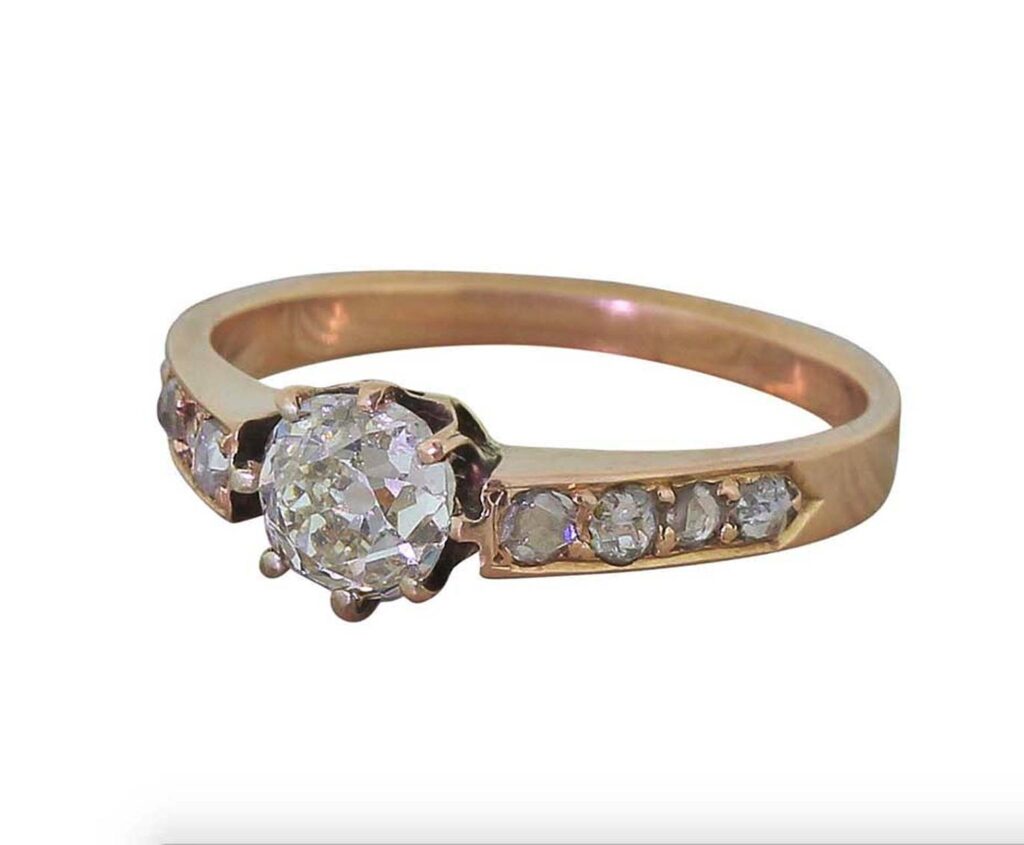
Long before the solitary diamond engagement ring became popular in 1886, when Tiffany & Co. first introduced the six-prong solitary diamond setting, the Victorians added everything they could to their engagement rings (The Rare Beauty of Victorian Jewelry). Diamonds were used, but they were cut differently than those of today: cushion-cut and old mine-cut being two examples. And placed amid these diamonds were often gemstones, especially sapphires, rubies, emeralds, and garnets. Pearls never fell out of favor but were matched in popularity at the time by opals, despite superstitions around the gemstone.
But Victorians did not stop at engagement rings with multiple stones. This was a period of excess! The gemstones in the ring may have been held by a pair of golden hands as part of the band, particularly popular during the Early Victorian period. Flowers and hearts remained fashionable while celestial motifs came into vogue during the Late Victorian period.
Settings varied wildly and there was no clear favorite. Some of the more common ones were Cluster and Halo designs, wherein a diamond was often arranged in the center of the ring and a circular or floral pattern of gemstones encircled the diamond.
Still holding tightly to sentimentality, many engagement rings and wedding bands were engraved with romantic messages, dates, or simple initials and the various gemstones were chosen for their meanings rather than corresponding birth months.
THE DECLINE OF YELLOW GOLD
The most common metals of the 19th century were yellow gold, rose gold, and silver. Yellow gold became especially more popular and affordable after gold was discovered in California in 1849 and started the famous California Gold Rush (1848-1860).
However, platinum began to eclipse yellow gold in popularity near the end of the 19th and early 20th centuries, particularly during the Edwardian era (1901-1910), when advancements in metalworking made it much more manageable to work with. Before then, the Victorians were often simply unable to reach platinum’s exceptionally high melting point. And then, once they mastered the art of doing so, jewelers had to contend with its work-hardening properties which made it difficult to manipulate the metal until better tools were developed. But it was these very hurdles that made platinum popular as Edwardians valued its strength, yet it was also a metal capable of the most delicate and lacy settings that were impossible to achieve with gold or silver.
Platinum paved the way for the rule of white gold. Gaining prominence in the 1920s as a more affordable choice to platinum but with a similar look, it became especially popular with engagement rings. However, as many couples discovered only later, white gold was not a forever brilliant and sparkling metal like yellow gold or platinum.
To understand the difference between yellow gold and white gold, it must be understood that yellow gold, in its purist state, is too soft for jewelry. So, yellow gold is mixed with other metals (alloys) to make it stronger, but it remains yellow and does not rust, tarnish, or corrode.
White gold does not exist naturally. It is, in fact, simply yellow gold diluted with other metals until the yellow color disperses and takes on a silver tone. To make a white gold engagement ring or wedding band shine like a platinum ring does, it is then dipped in one of platinum’s key elements: rhodium. This expensive metal coats the leaden white gold to give it its famous luster.
There are two categories of white gold: nickel-whites and palladium-whites. This means either nickel or palladium are used as the “bleacher” to turn the base of yellow gold into a dull silver before being dipped in the rhodium. Nickel-whites are the most common on the American market. The problem arises when the rhodium plating wears off and exposes the skin to this nickel. Many people are allergic to nickel and the rings can irritate fingers. It is not a question of if the rhodium will wear off a white gold engagement or wedding band, but when. The ring must be dipped again in rhodium to make it both wearable and aesthetically pleasing.
As consumers from the 1920s onwards favored white gold when they could not afford platinum, they slowly learned that while they were paying less than they would for a platinum ring, essentially, they were (and still are) paying extra for the rhodium plating on the band, not the gold itself. There are currently no laws in America that require a jeweler to tell the customer this fact.
YELLOW GOLD’S RESURGENCE
In recent years, it appears people may have tired of the process of maintaining white gold. Couples are investing in the more expensive and durable platinum rings or going back to timeless yellow gold rings. The renewed interest in yellow gold is partly driven by yellow gold’s vintage charm while remaining timeless. Couples appreciate how its warm tone complements a range of skin tones, and its malleability allows for intricate, customized designs. Yellow gold has made a remarkable resurgence, as is clear in current jewelry advertisements, store displays, and weddings across the country.
Moreover, the revival of colored gemstones—a trend inspired by the likes of Queen Victoria—has also help bring yellow gold back into the spotlight. Many gemstones pair beautifully with the metal’s rich hue, including diamonds. Yellow gold provides a striking contrast between the metal and the diamond. If one is looking more for a seamless blend of metal and diamond, platinum (or white gold) would be the better choice. If one wants the diamond to stand out more, yellow gold would be the best choice.
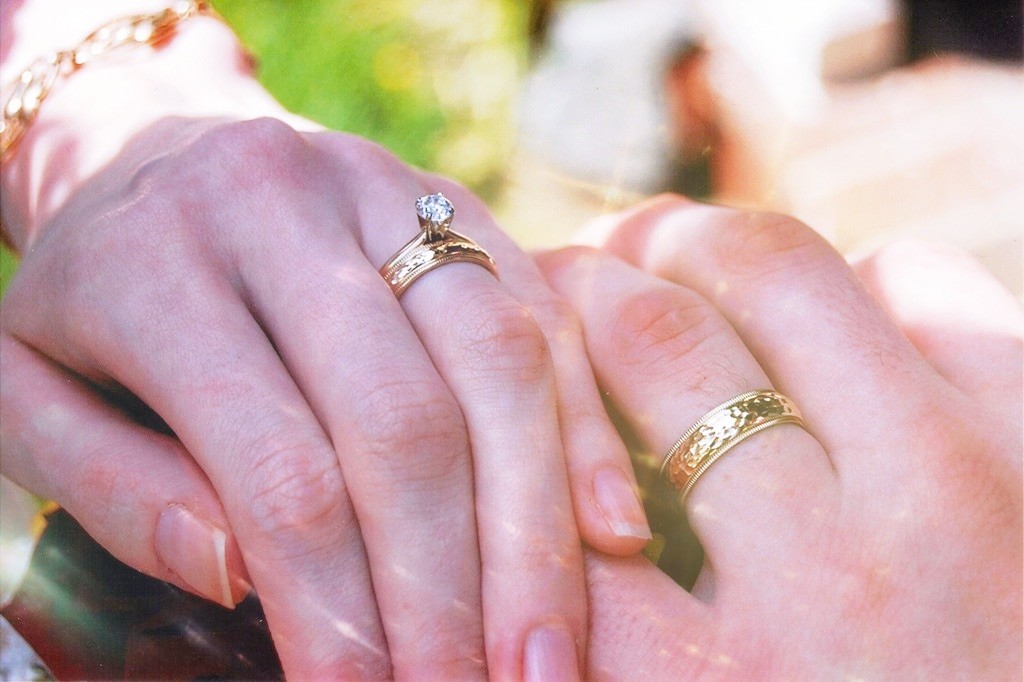
TRADITION AND MODERNITY
Engagement traditions have evolved over centuries, blending historical significance with modern trends. Valentine’s Day proposals today epitomize this fusion, marrying timeless customs with contemporary expressions of love. From Queen Victoria’s symbolic serpent ring to today’s resurgence of yellow gold and gemstones, Victorian-era influences continue to inspire couples seeking meaningful, personalized designs.
While the 20th century saw diamonds dominate as the emblem of commitment—largely due to De Beers’ iconic 1947 “A Diamond Is Forever” campaign—modern couples are rediscovering the allure of vintage aesthetics. Yellow gold’s warm glow, the enduring symbolism of gemstones, and the sentimental value of historical designs all speak to a desire for individuality and authenticity.
As Valentine’s Day remains one of the most romantic occasions for engagement, its traditions remind us that love itself is timeless. The legacy of Victorian wedding jewelry, with its unique charm and artistry, proves that modern love stories can still draw inspiration from the past, creating connections that honor history while still celebrating the future.
References:
Klenow, Kody. (July 16, 2021). “The Rare Beauty of Victorian Jewelry.” Museum of Jewelry.
https://store.museumofjewelry.com/blogs/news/the-rare-beauty-of-victorian-jewelry
“Royal engagement rings through the centuries.” (February 5, 2018). The History Press. https://thehistorypress.co.uk/article/royal-engagement-rings-through-the-centuries
Skriuwer. (2024). This History of Gold. Skriuwer.
Images:
- · “Antique Victorian engagement rings.” https://erstwhilejewelry-blog.tumblr.com/post/133421238469/victorian-engagement-rings
- “The Marriage of Queen Victoria, 10 February 1840.” https://commons.wikimedia.org/wiki/File:Victoria_Marriage01.jpg
- “Victorian Gemstone rings from 1899.” https://clickamericana.com/topics/beauty-fashion/colored-stone-engagement-rings-1899
- “12K Gold Early Victorian Flower Ring with Garnet, Emeralds, and Pearls.” https://www.chairish.com/product/12898489/12k-gold-early-victorian-flower-ring-with-garnet-emeralds-and-pearls-size-675
- “A side view of Bentley & Skinner’s diamond and ruby Victorian engagement ring, circa 1850.” https://www.thejewelleryeditor.com/jewellery/article/victorian-engagement-rings-antique-vintage/
- “This Victorian engagement ring in rose gold is set with four rose-cut diamonds on either side of the central solitaire.” https://www.thejewelleryeditor.com/jewellery/article/victorian-engagement-rings-antique-vintage/

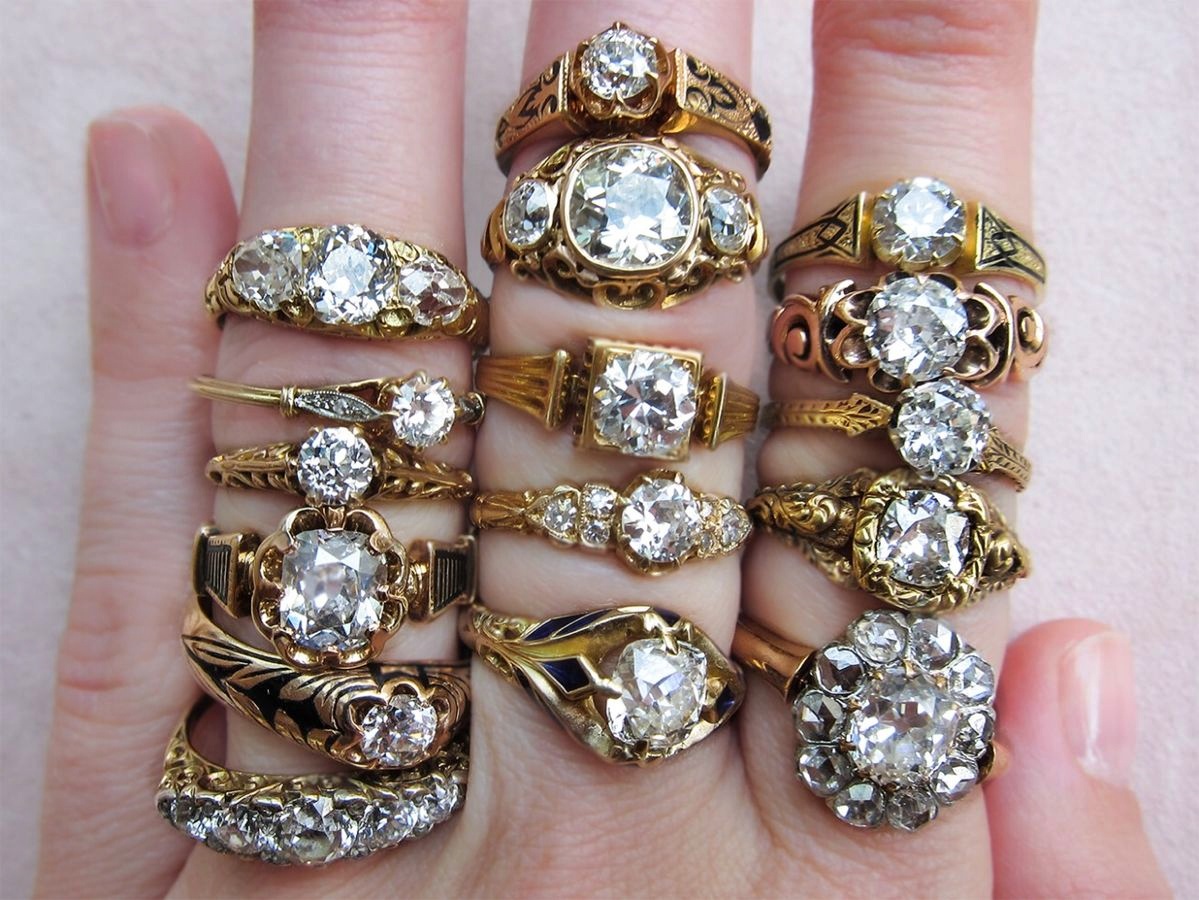
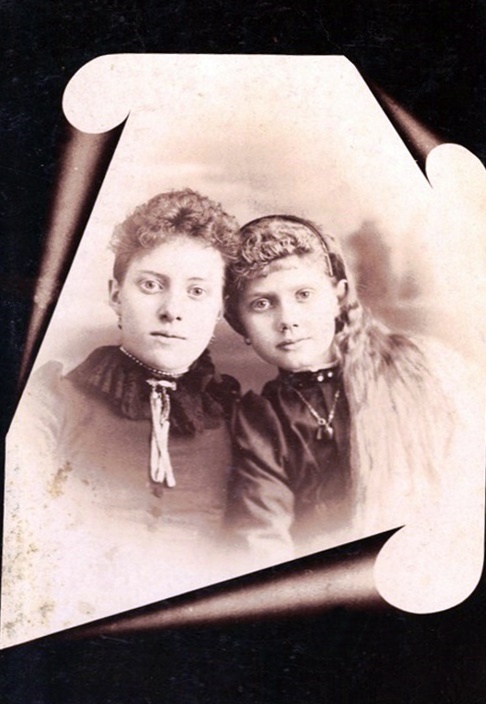
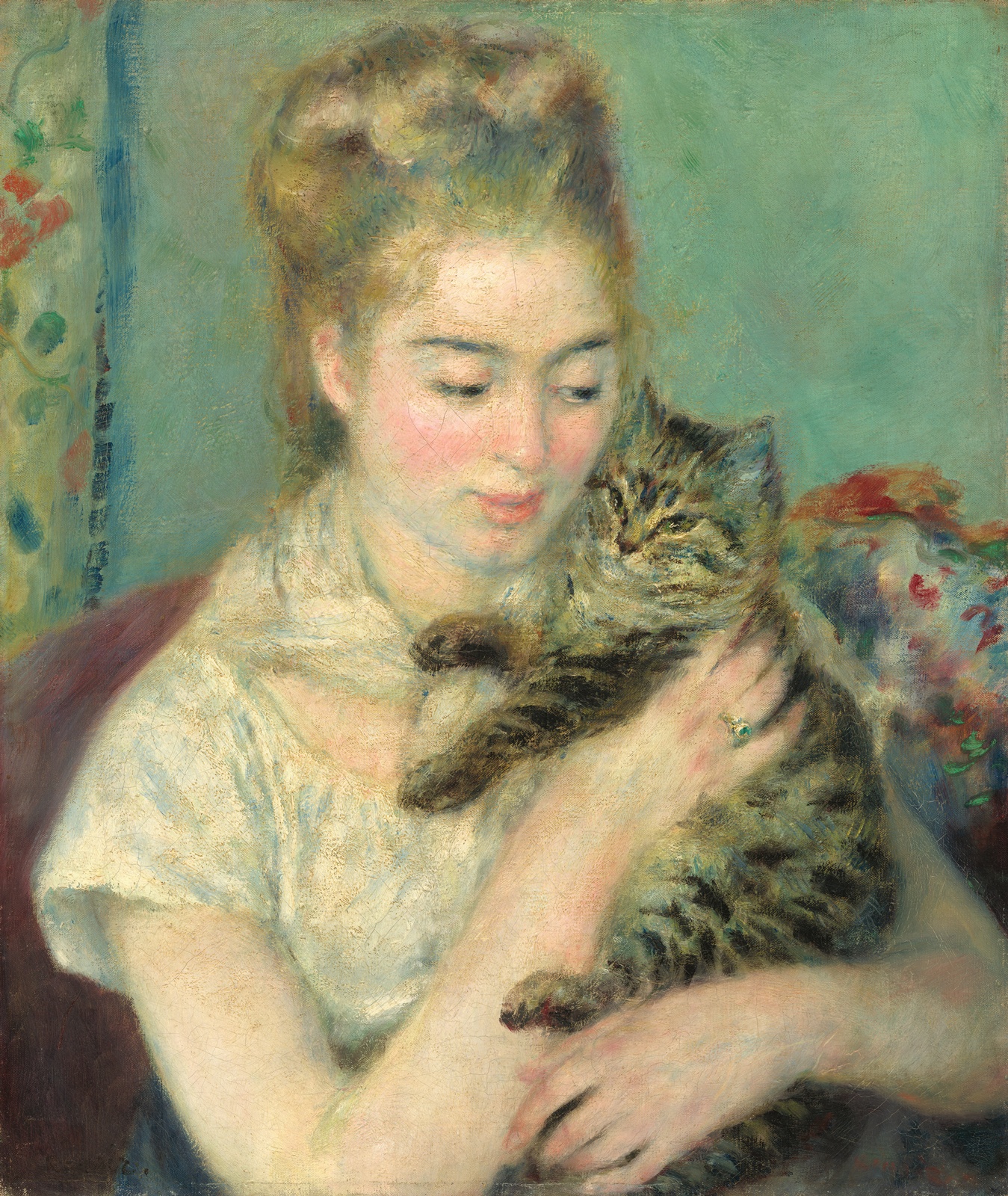
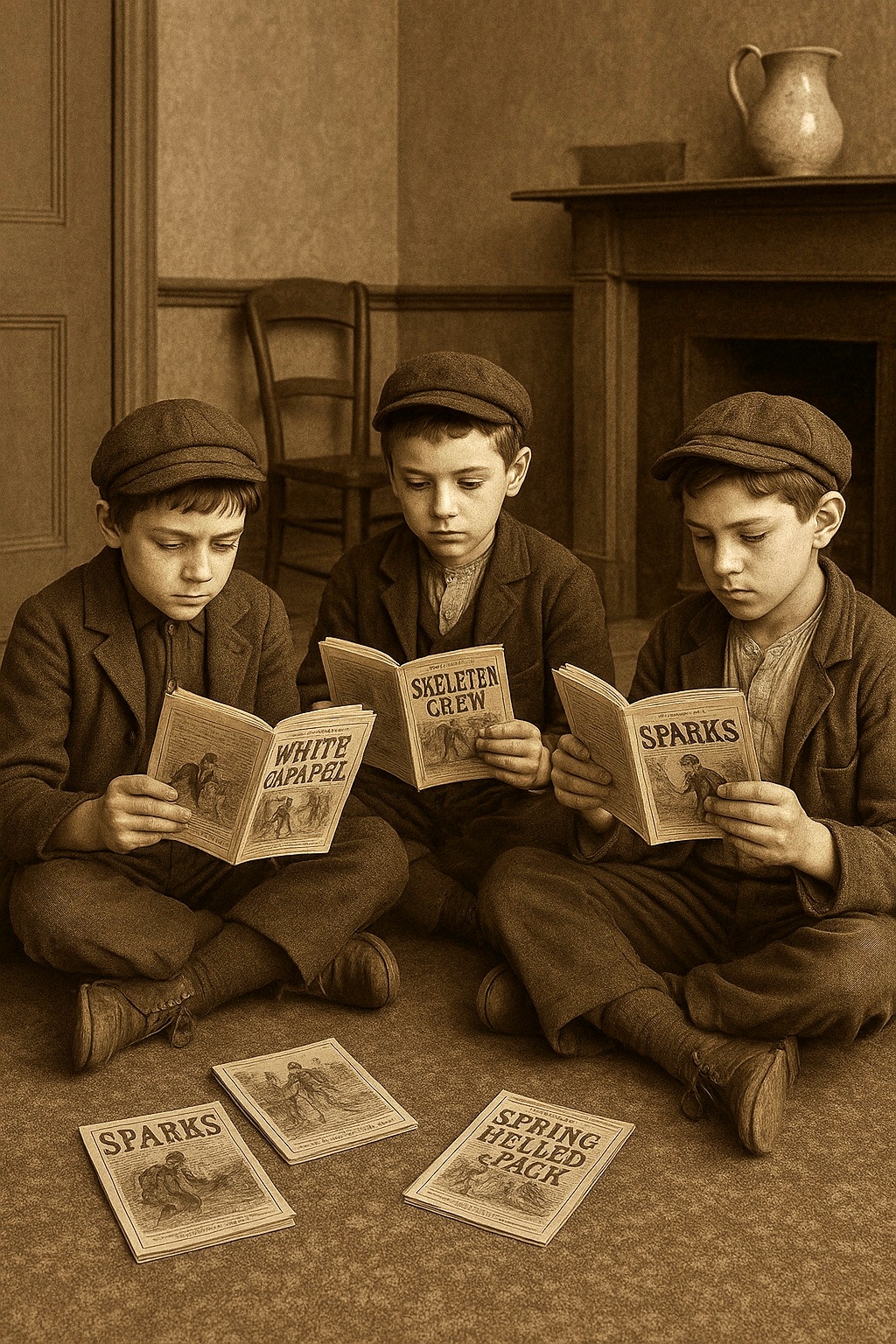
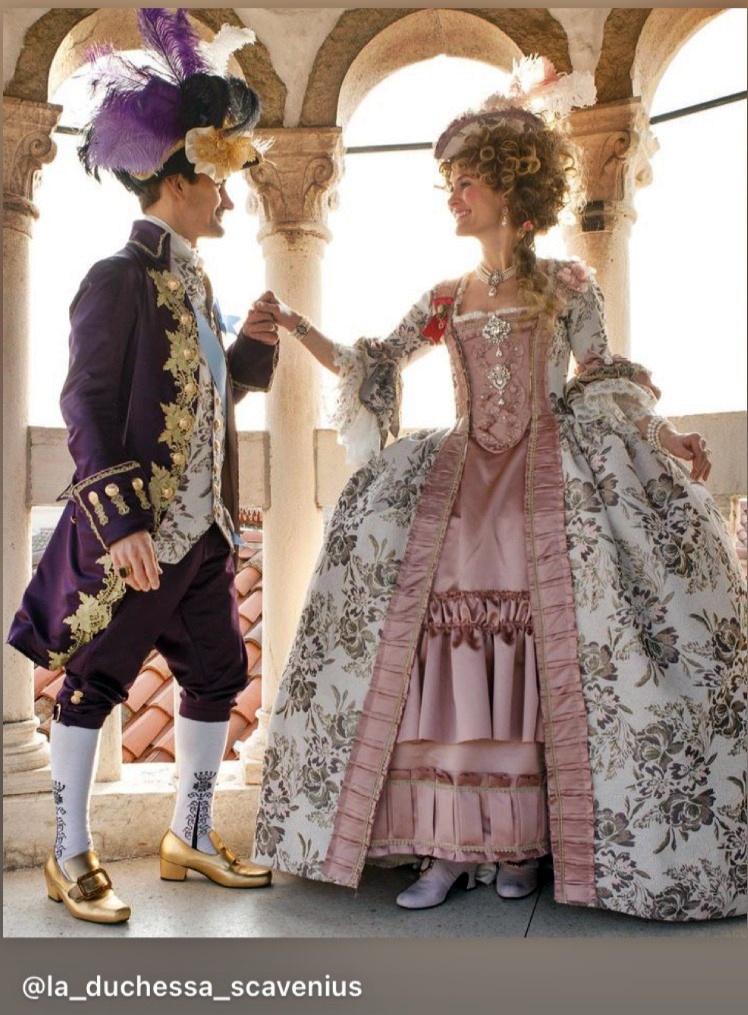
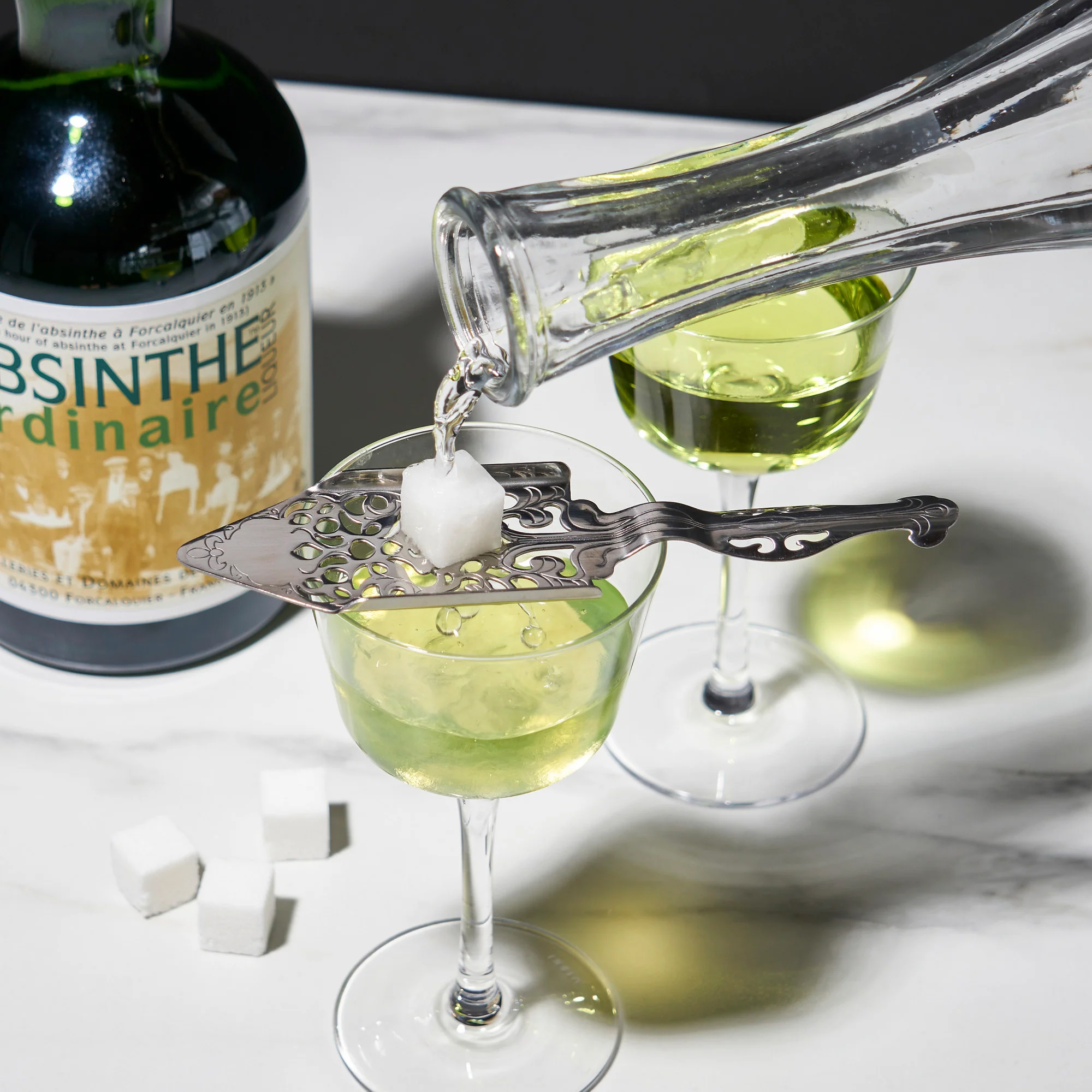
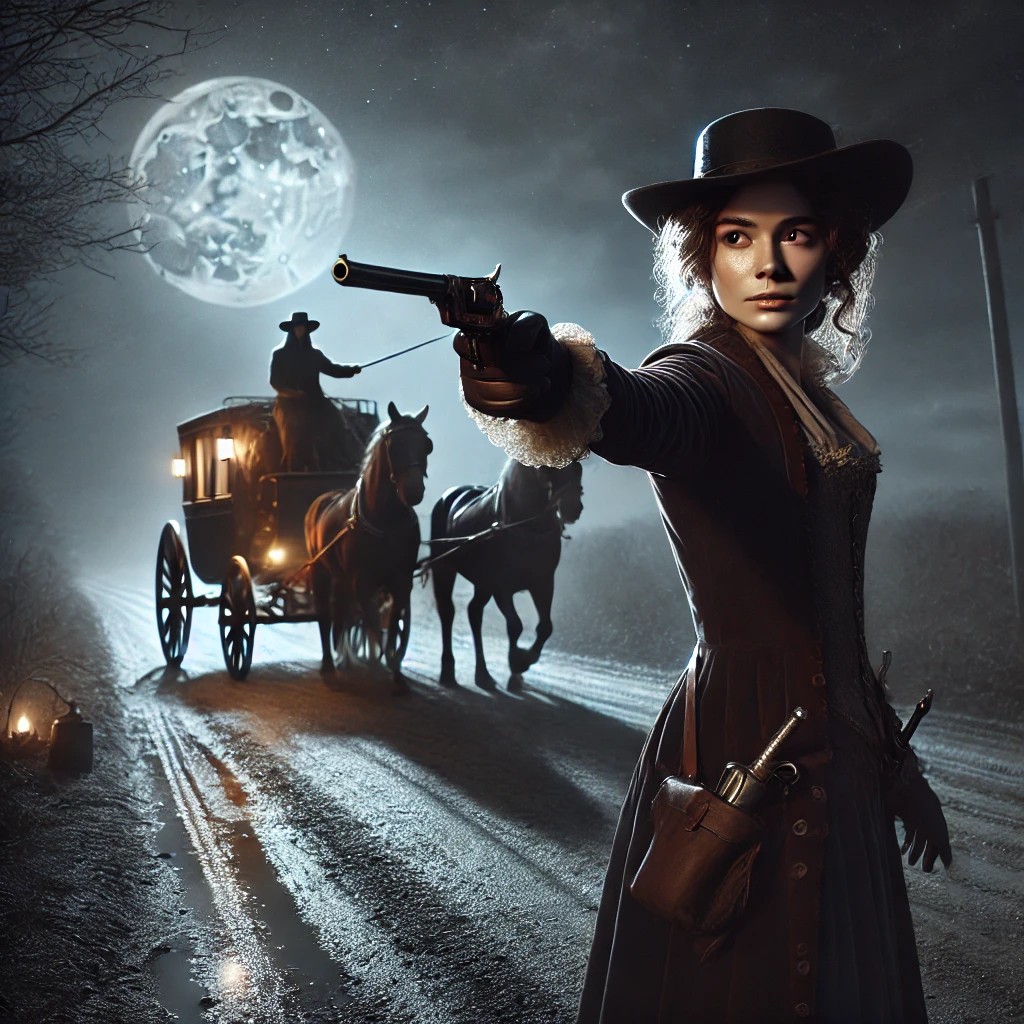
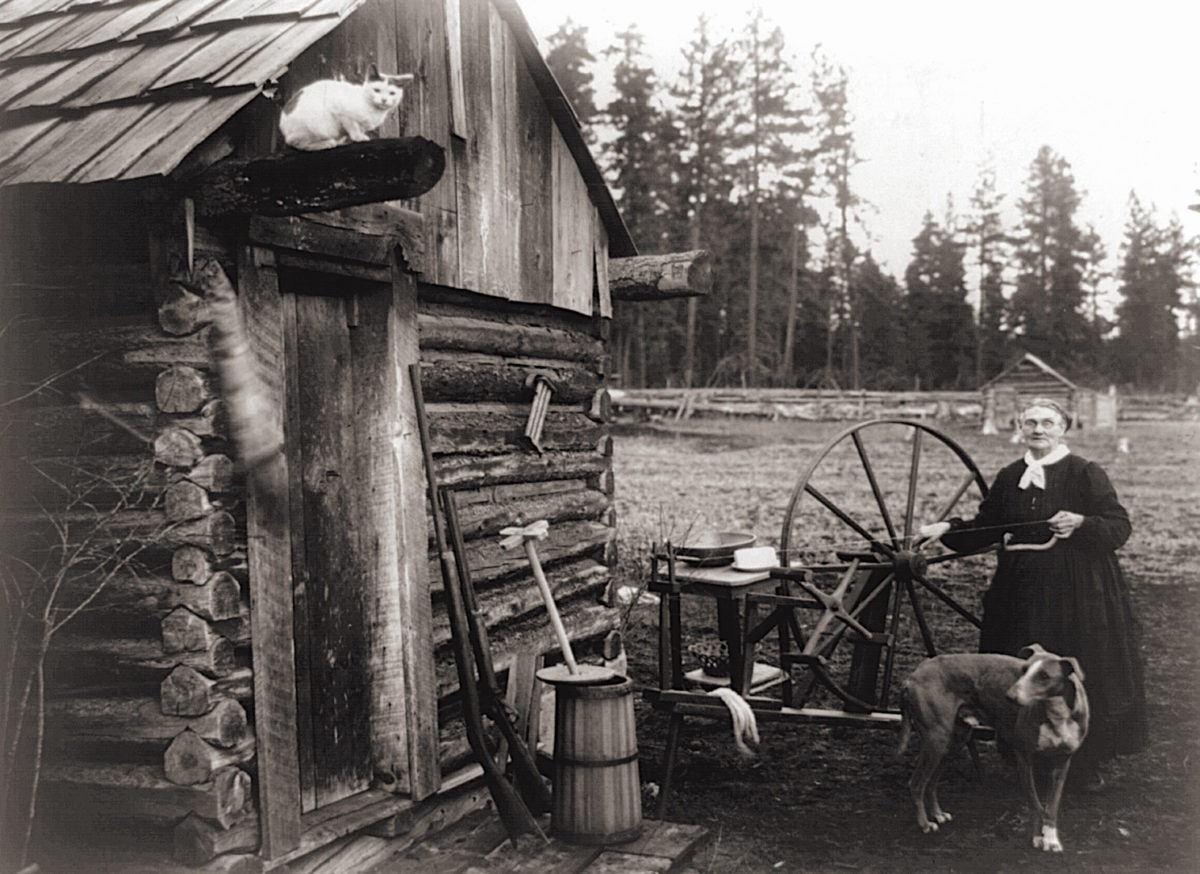
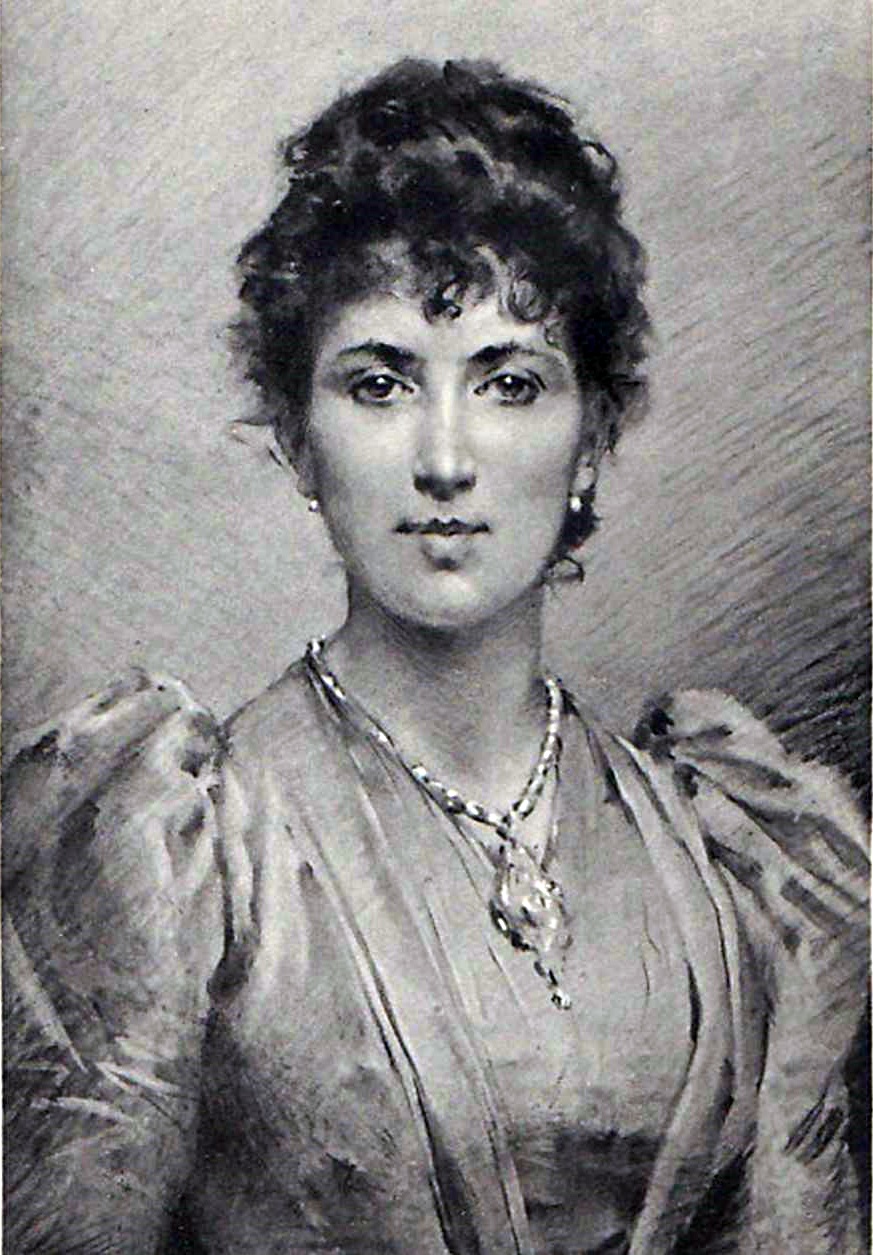
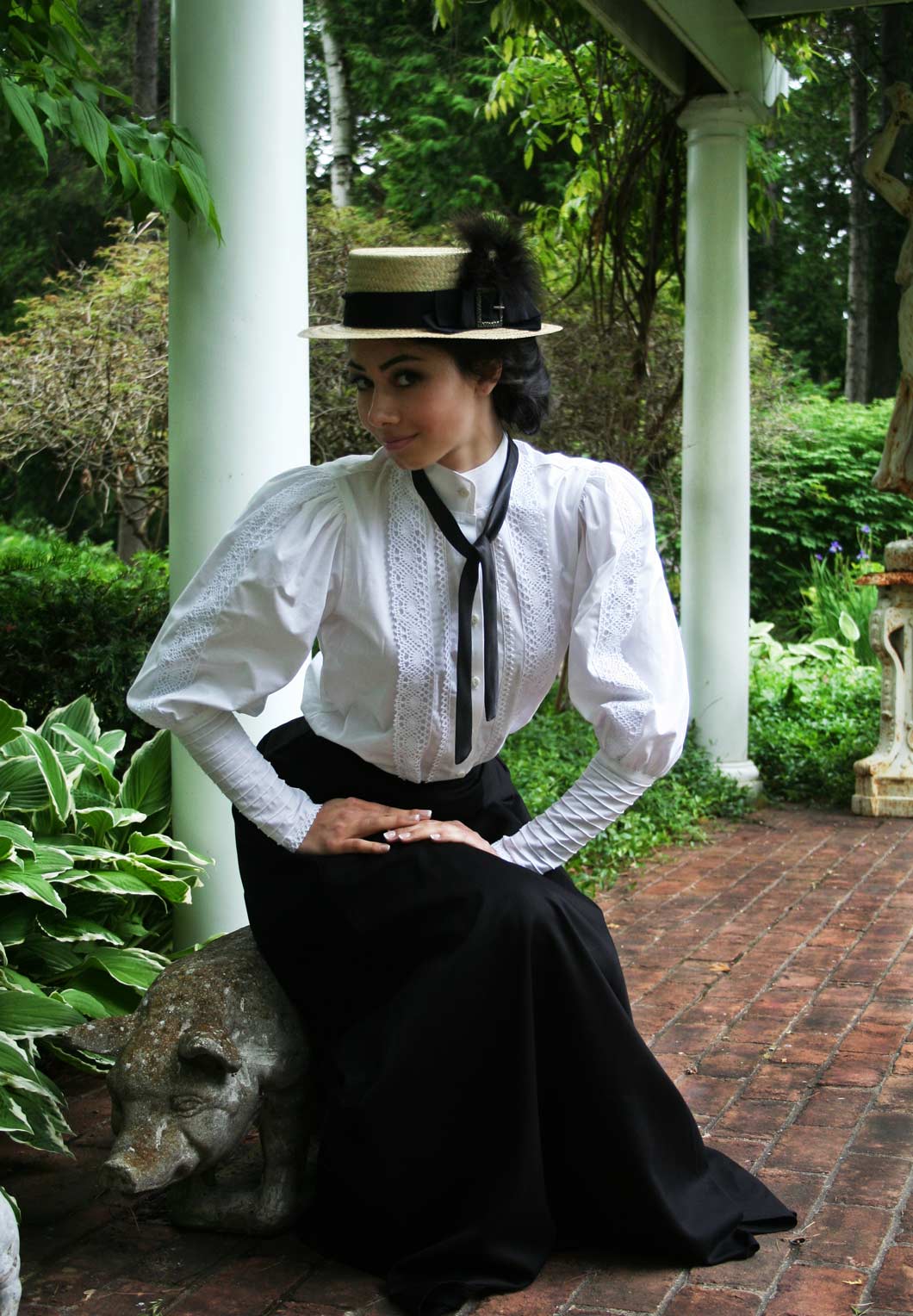
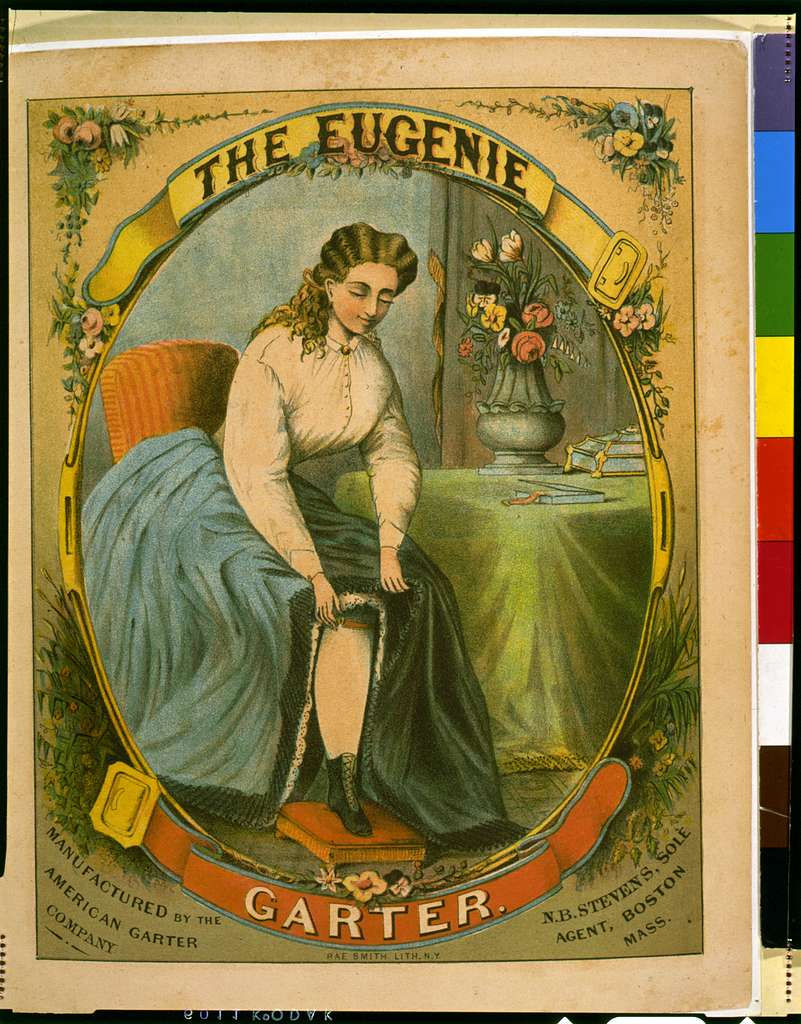
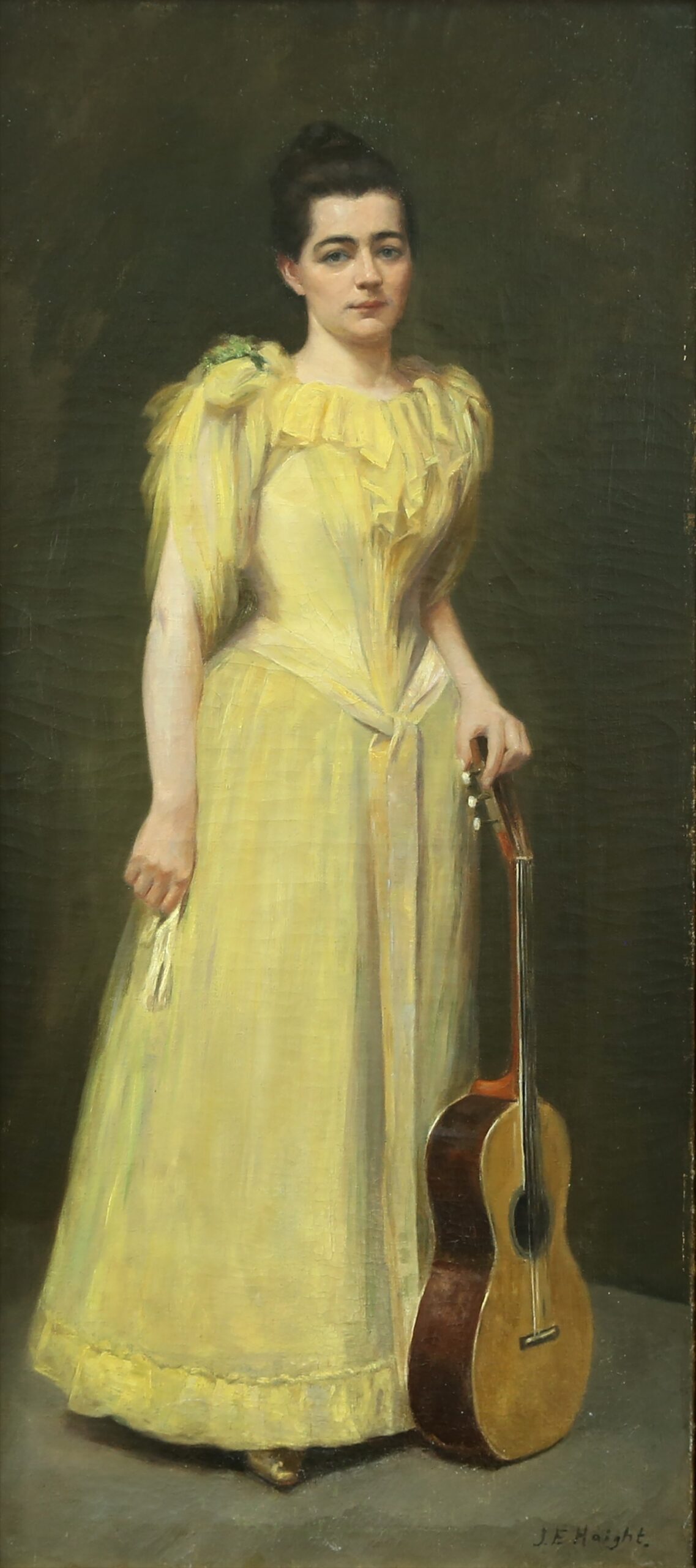
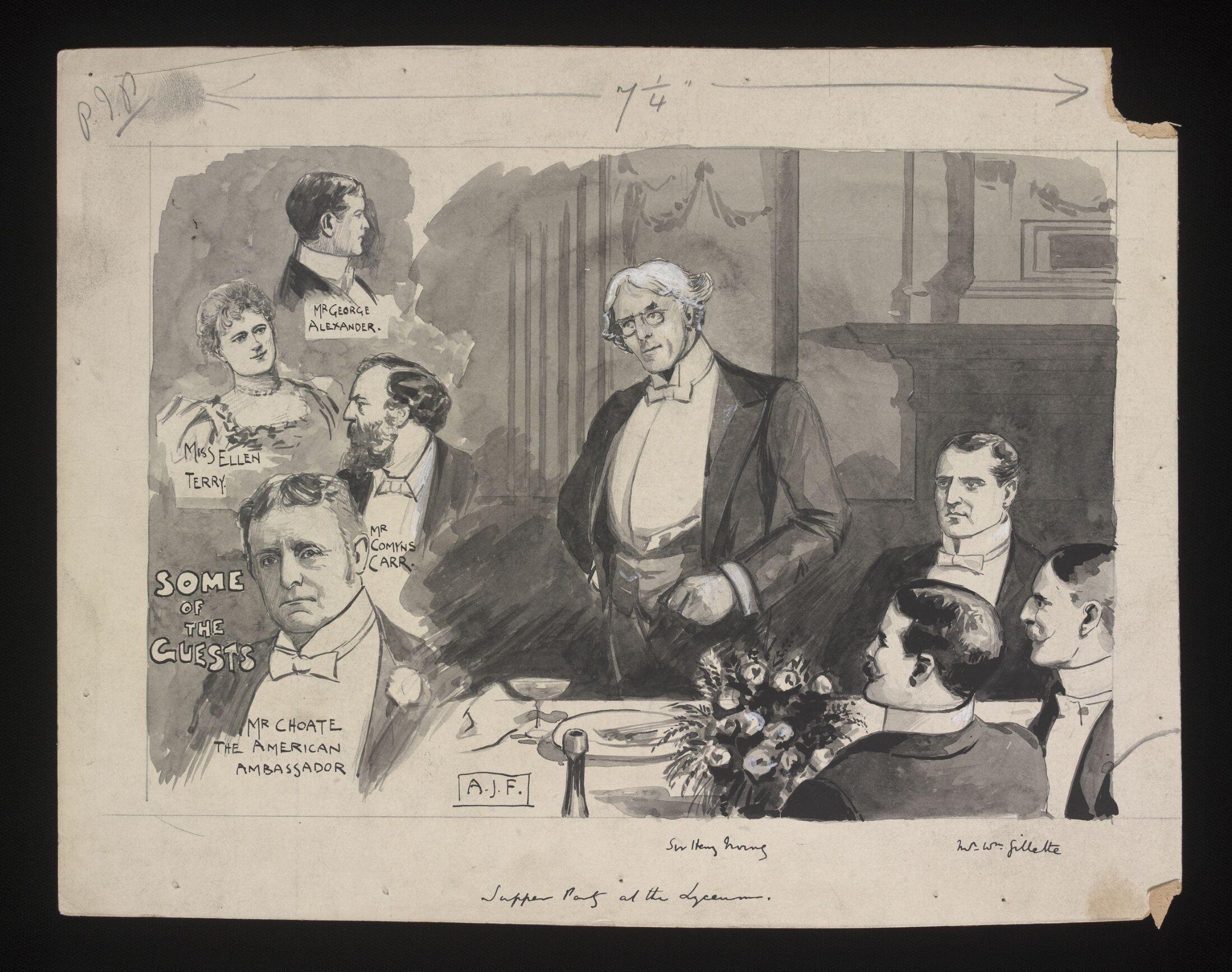
Great article. Seems gold has deep roots … closer to forever than the diamond, perhaps!